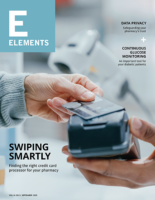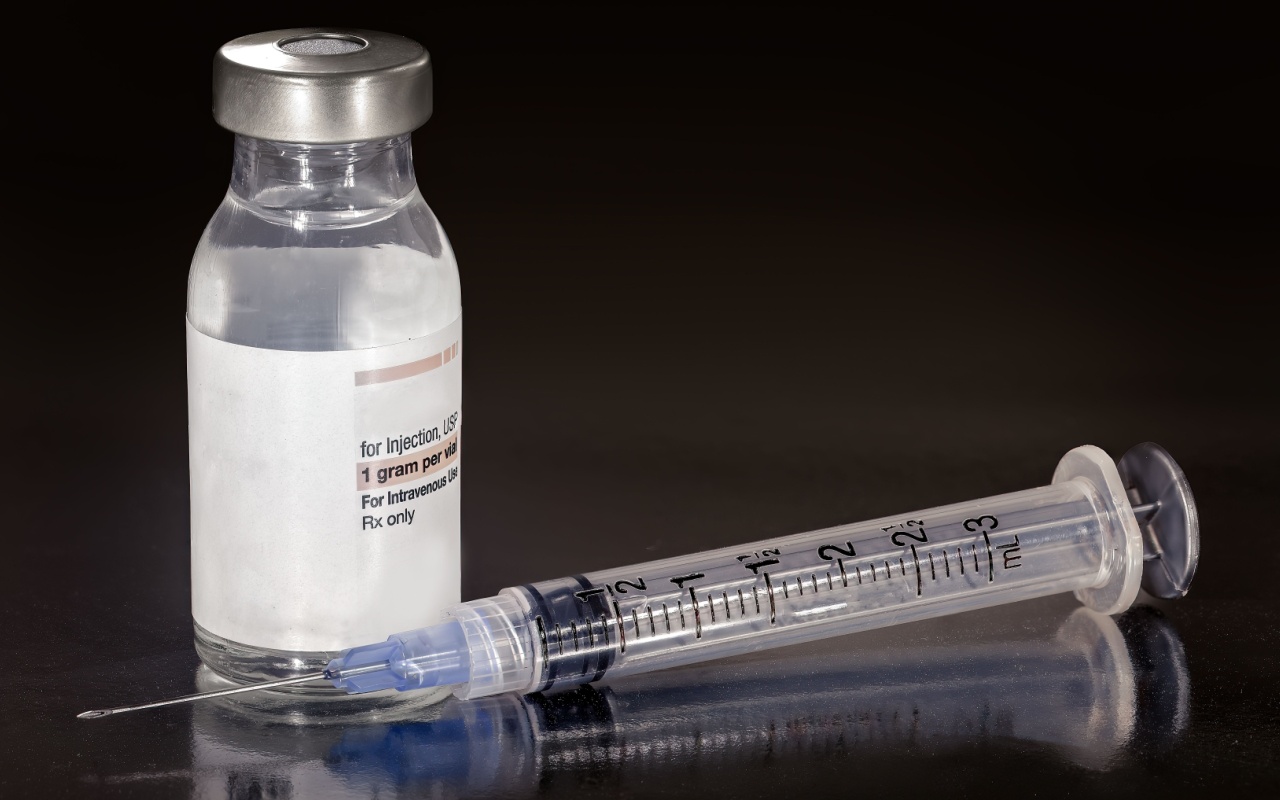The final deadline for the 2016 open enrollment period in the Health Insurance Marketplace is Jan. 31.
Patients who fail to apply for coverage by this deadline will have to wait until the next open enrollment period to sign up for coverage or to switch plans, unless they have a life event that qualifies them for a special enrollment period.
Enrolling in health care coverage through healthcare.gov benefits your patients, and also has the potential to boost your business. When more patients have health care insurance, more patients will visit health care professionals, This means an influx of new patients into an already strained system of primary care providers. Those patients will need general health advice, basic health services, such as flu shots, and medications. Your pharmacy is poised to be the health care partner newly-insured patients need.
As a pharmacist, here’s a look at the 10 things you should know about this year’s enrollment period and how enrollment is affecting the health care landscape.
1. Enrollment for 2016 is topping predictions
U.S. Health and Human Services (HHS) originally predicted that 9.1 million people would enroll in health insurance coverage through the marketplace during the open enrollment period for 2016. According to HHS, an estimated 11.7 million people have enrolled since the 2015 open enrollment period.
2. Percentage of uninsured individuals has dropped
In 2009, 15.7 percent of the U.S. population was uninsured, according to the U.S. Census Bureau. By 2015, the U.S. Census Bureau reported that the uninsured rate had dropped to 9.2 percent.
3. Half of uninsured individuals plan to get insurance
According to the December 2015 Kaiser Health Tracking Poll from the Kaiser Family Foundation (KFF), 55 percent of uninsured individuals planned to get health insurance in the next few months. Approximately 40 percent of these uninsured expect to remain uninsured, according to the same poll.
4. Cost is the most common reason for remaining uninsured
Nearly half, 46 percent, of the uninsured individuals surveyed in the KFF poll reported that they have tried to get coverage, but didn’t enroll because coverage was too expensive. Other reasons cited for not getting coverage include believing that the requirement doesn’t apply to them (13 percent), tried to get coverage, but were unable to do so (11 percent), and preferring to pay the fine rather than pay for coverage (9 percent).
5. Uninsured individuals are unsure about deadlines
Only 7 percent of uninsured individuals are aware that the deadline to enroll is at the end of January, according to the KFF poll. Approximately 20 percent think the deadline is at the end of the year and 65 percent said they didn’t know.
6. Personal contact reaches about 2 in 10
Of the people surveyed in the KFF poll, 20 percent say they have been personally contacted by someone about signing up for health insurance or Medicaid via phone, email, text or door-to-door visit in the past six months.
7. A quarter of uninsured individuals believe they’re an exception to the rule
Sixty-five percent of uninsured individuals surveyed in the KFF poll believe they’re personally required to have health insurance, but another 27 percent believe that the requirement doesn’t apply to them, personally.
8. Public opinion on Affordable Care Act remains split
There’s a lack of agreement among the public about what to do with the Affordable Care Act (ACA). The KFF poll found that the largest opinion group, with 35 percent, supports repealing the law. Another 14 percent support scaling back the law, 18 percent would like to see it implemented as is, and 22 percent say they want the law expanded.
9. Despite large assistance, costs per enrollee remain low
About 87 percent of enrollees are getting some form of cost assistance. Despite this large percentage receiving assistance, the cost is less than $5,000 per enrollee, excluding those enrollees who aren’t getting subsidies but are using the marketplace, according to a report from HHS.
10. Employer-provided health care is still the most common
During the first quarter of 2015, 43.3 percent of people with insurance were covered under their current or former employer, according to the Gallup-Healthway Well-Being Index. This makes employer-provided insurance the most common method of coverage. Following far behind as the second most popular form of coverage is the 21 percent of people who said they paid for a plan themselves or had it paid for by a family member.
Don’t let your patients go uninsured in 2016. Make sure they know these five facts about not having coverage.










